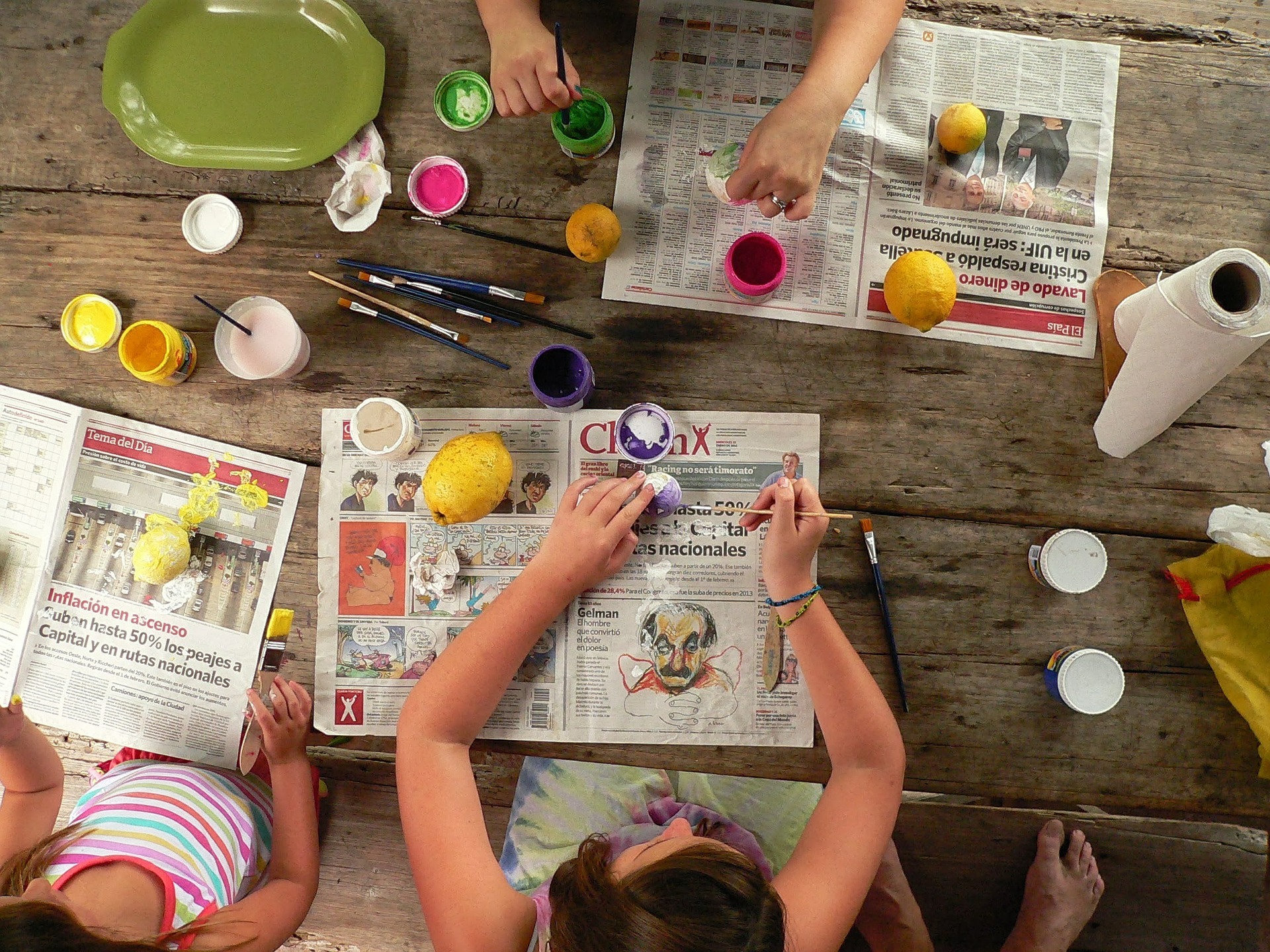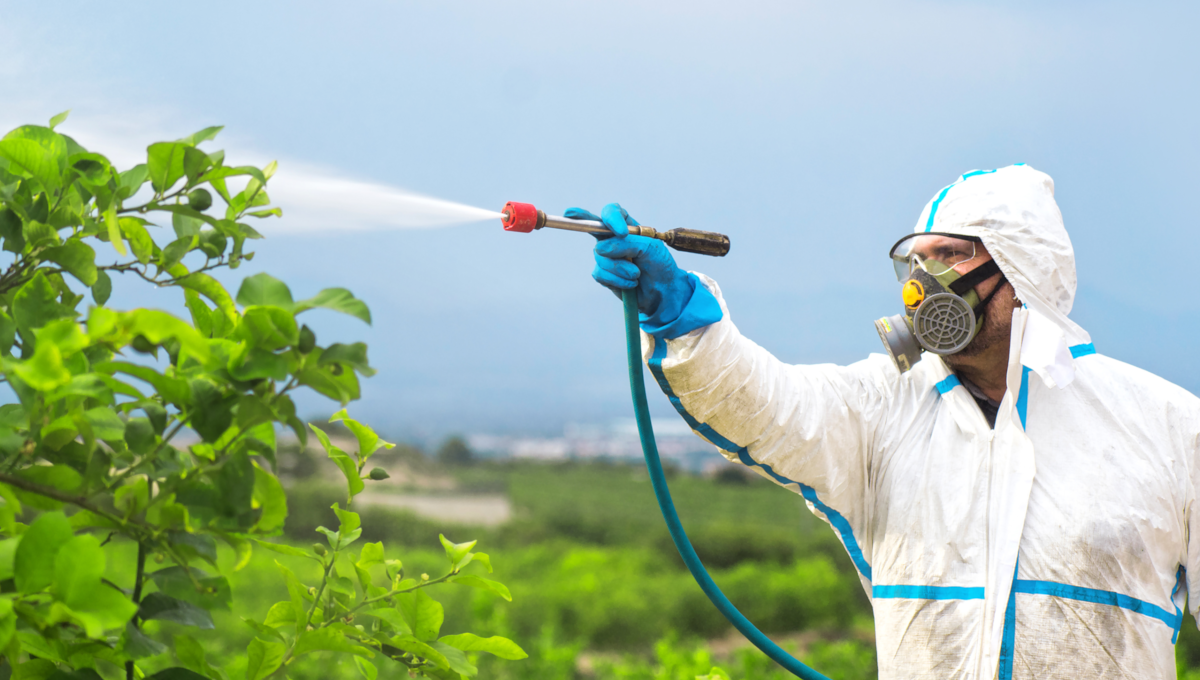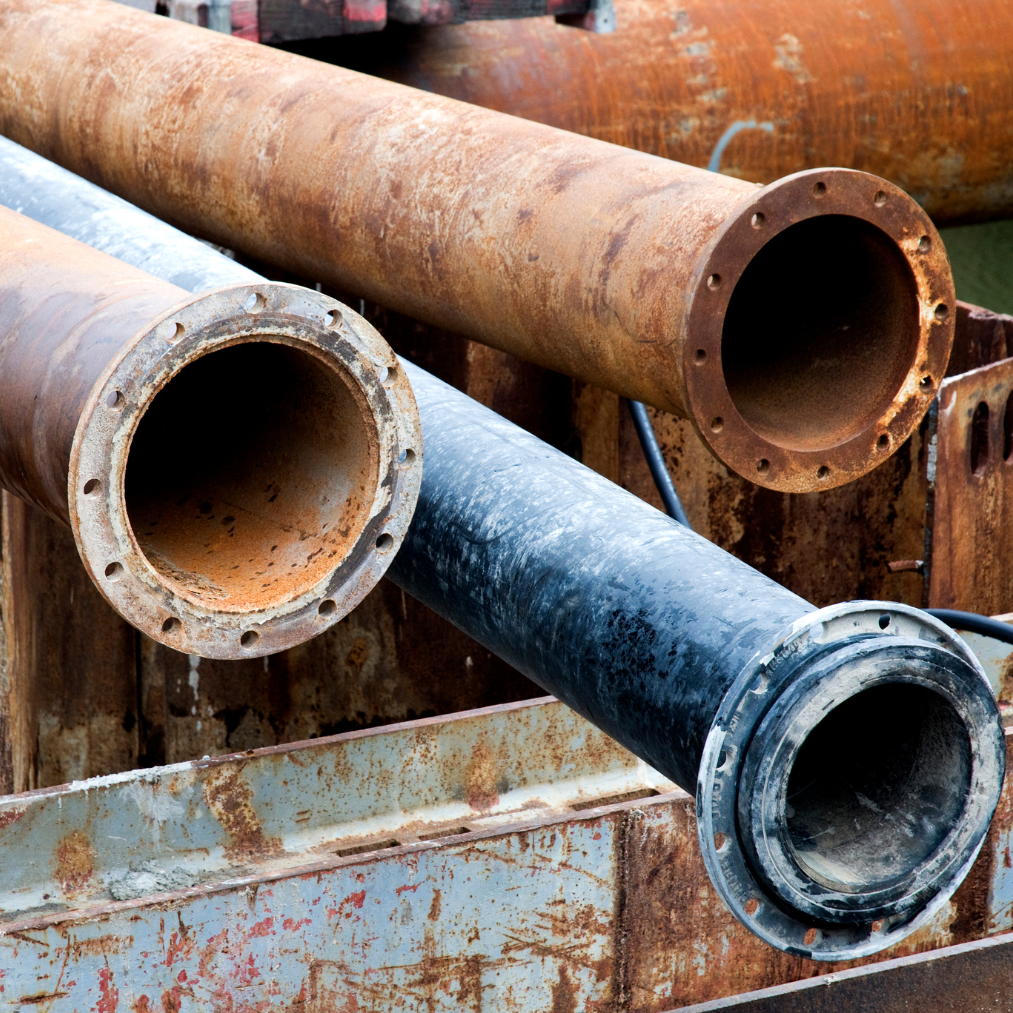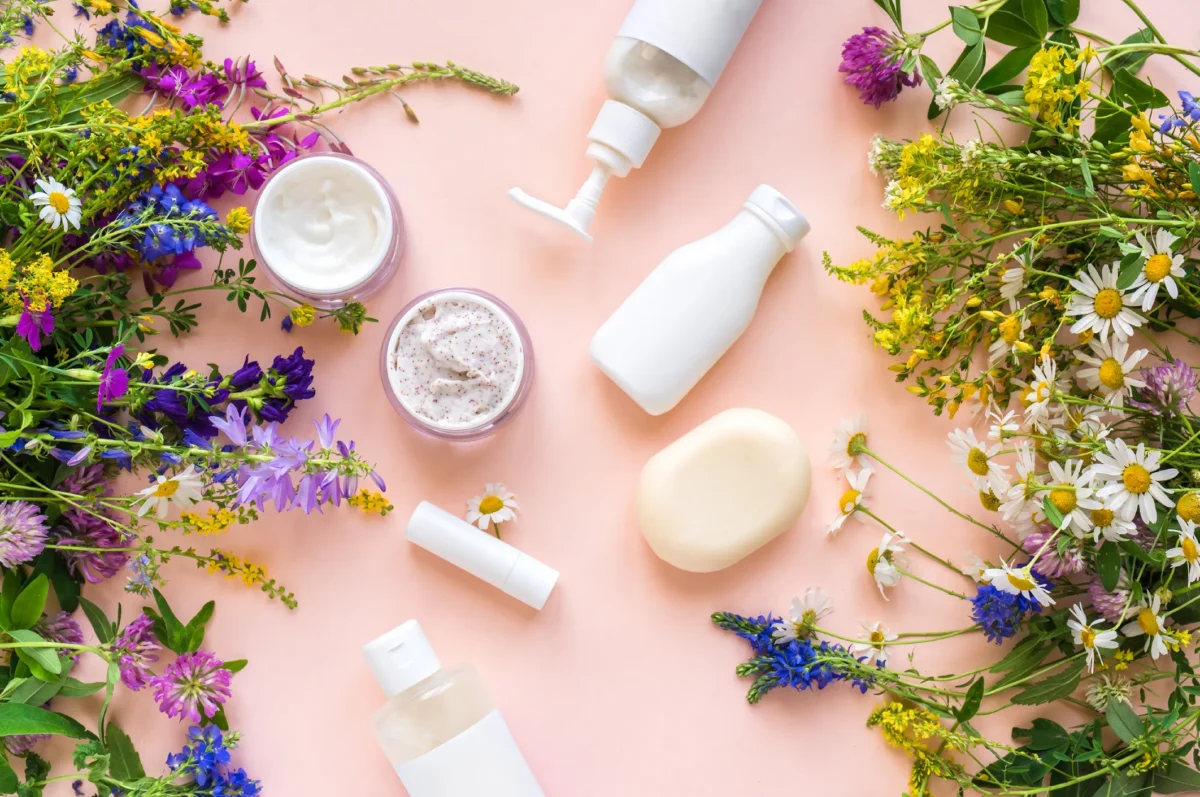Creepin’ It Safe – A Spooktacular Guide to a Healthy, Non-Toxic Halloween
Halloween can be one of the most exciting days of the year for children, filled with costumes, creativity, and community fun! However, we also want to ensure that the children in our care stay healthy and safe – without us as caregivers turning into the ghouls spoiling the fun!













